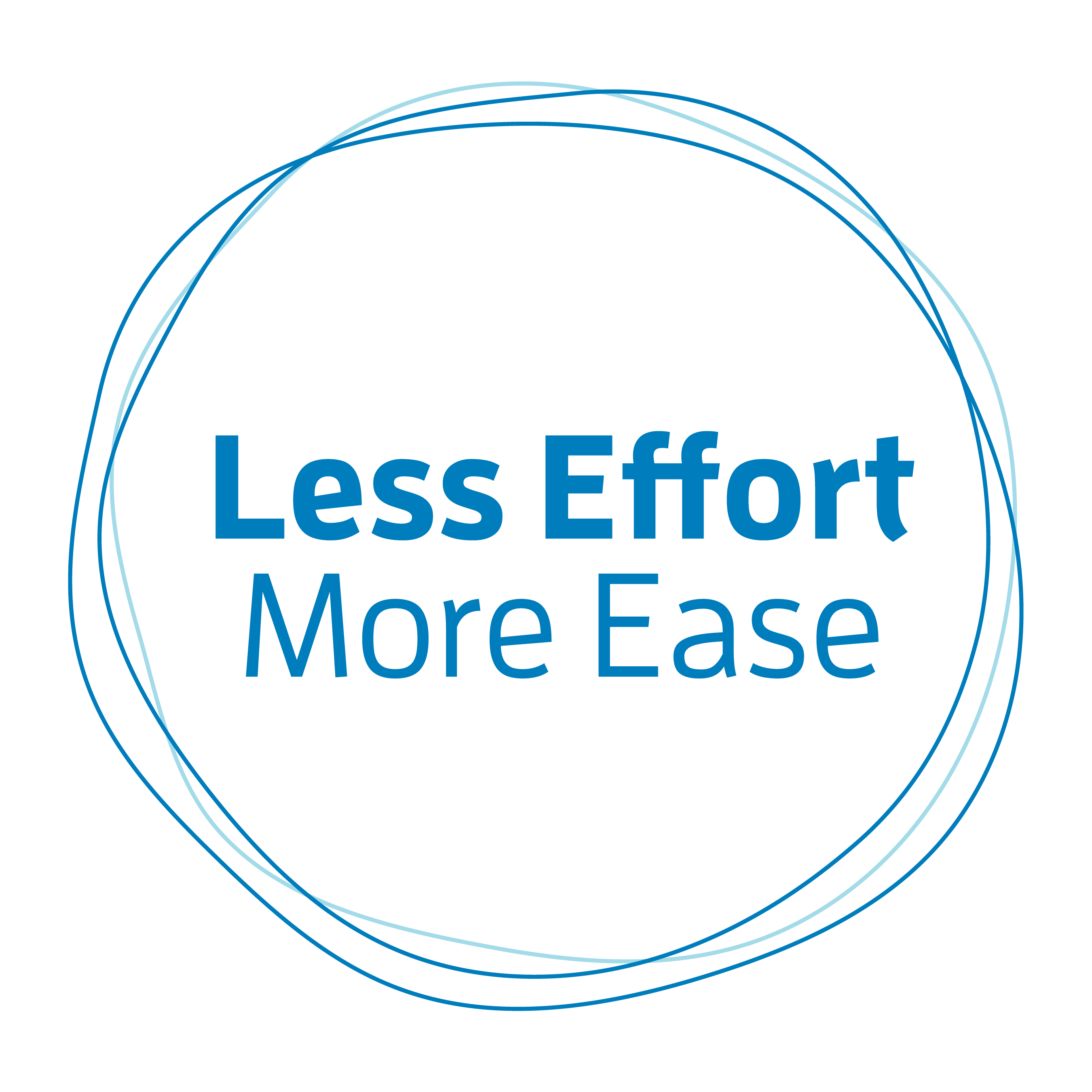Why is it that even though you know that one thing that’ll make you feel better, you’ll put up with a certain amount of physical discomfort before you’re willing to do it? Even if it’s just a little thing that only takes a minute of your time? Gas price fluctuations might give you some insight.
What do you do when gas prices go up? I bet the first thing is to complain. You complain but you don’t do anything different. If prices go up a bit more, you complain a bit more, but you still don’t do anything different.
But there’s a certain price at which you’ll consider changing your behavior. And then there’s a critical price at which you’ll actually change your behavior.
When gasoline has reached that critical price, you might start to plan your trips more carefully or arrange to carpool with someone at work. Maybe even start taking the bus. You’ll start doing things differently.
For each of us, that critical price is going to be different. It depends on a lot of factors.
When it comes to your physical discomfort, I bet you’re the same way. If you’re human, you probably are. I am.
You’ll put up with a certain amount of physical discomfort without being willing to change your behavior. Even if you know what you need to do differently to feel better. You might start complaining to those close to you about your lower back or your shoulder, but you won’t do anything different.
Complaining is easy because you don’t have to change your behavior.
But at some critical point, you’ll cross the line and finally be willing to change your behavior. And just like with gas prices, for each of us, that critical point is going to be different.
Why is it that it often takes so much to get to that critical point where you’re willing to change your behavior—even a little bit? Even if you know you’ll save money or feel better if you do this one thing differently every day.
The problem is habit. You love your routine. Routine is comfortable because it’s familiar. That’s why it’s often referred to as a velvet-lined rut. Velvet is soft and feels good. You’ll stick with what’s comfortable up to a certain point, even if what you’re doing is contributing to your discomfort—financial or physical.
Change is uncomfortable. Uncomfortable because it’s not familiar. And it’s human to resist it.
If you were a train, staying on your current track is easier than switching to another track. But at some point, you have to realize that staying with your routine is going to be more painful than changing it.
I’m someone who likes to get things done. I feel better when projects are finished, no matter what they are. Part of it I blame on genetics. I come from a family who likes to get stuff done yesterday, as one of my aunts famously once said. And that is a habit. But focusing on getting stuff done so much that my body suffers has not been a great habit for me.
I have a history of chronic pain that started in my 20s. And it got so bad that I hit a critical point at which I couldn’t keep pushing ahead in my habitual way. I had to do things differently. One change I made was to stop pushing through physical discomfort just to get something done today instead of tomorrow. I started listening to my body and taking breaks when it was asking me to.
Today, at 51 I can take care of myself pretty well. Over the years I’ve developed a lot of self-care skills. But my habit of always wanting to get stuff done—yesterday—is still with me. And sometimes if I’ve been feeling pretty good, it slips back in. I start pushing past points where I know I should stop, just to get stuff done. I might have a little physical discomfort, but I let it go. Recently though I’d let this go on too long and I created what I call a “flare-up”. And by golly that is the critical point where I’m going to change my behavior.
I’m human and our habits and routines are so powerful that sometimes they slip back in without our even noticing. That’s what’s happened to me. And the cost of indulging in this get-it-done-yesterday mode is too high. I’m back on track again. Listening to my body and getting some things done today and the rest tomorrow—or even the next day.
Image by Paul Brennan from Pixabay
P.S. Are you a subscriber to my e-newsletter? If you like this blog and are craving more information on how to move better and feel better there’s no better time to sign up. You’ll get a free booklet with tips for exploring your posture (that has nothing to do with standing up straight and pulling your shoulders back. I promise!). And once a month I’ll pop into your inbox with new ideas for you to experiment with. In addition, you’ll be the first to know about any upcoming events, local or online.




